Affiliate links on Android Authority may earn us a commission. Learn more.
It's going to be a long time before wearables replace smartphones
Published onJuly 10, 2022
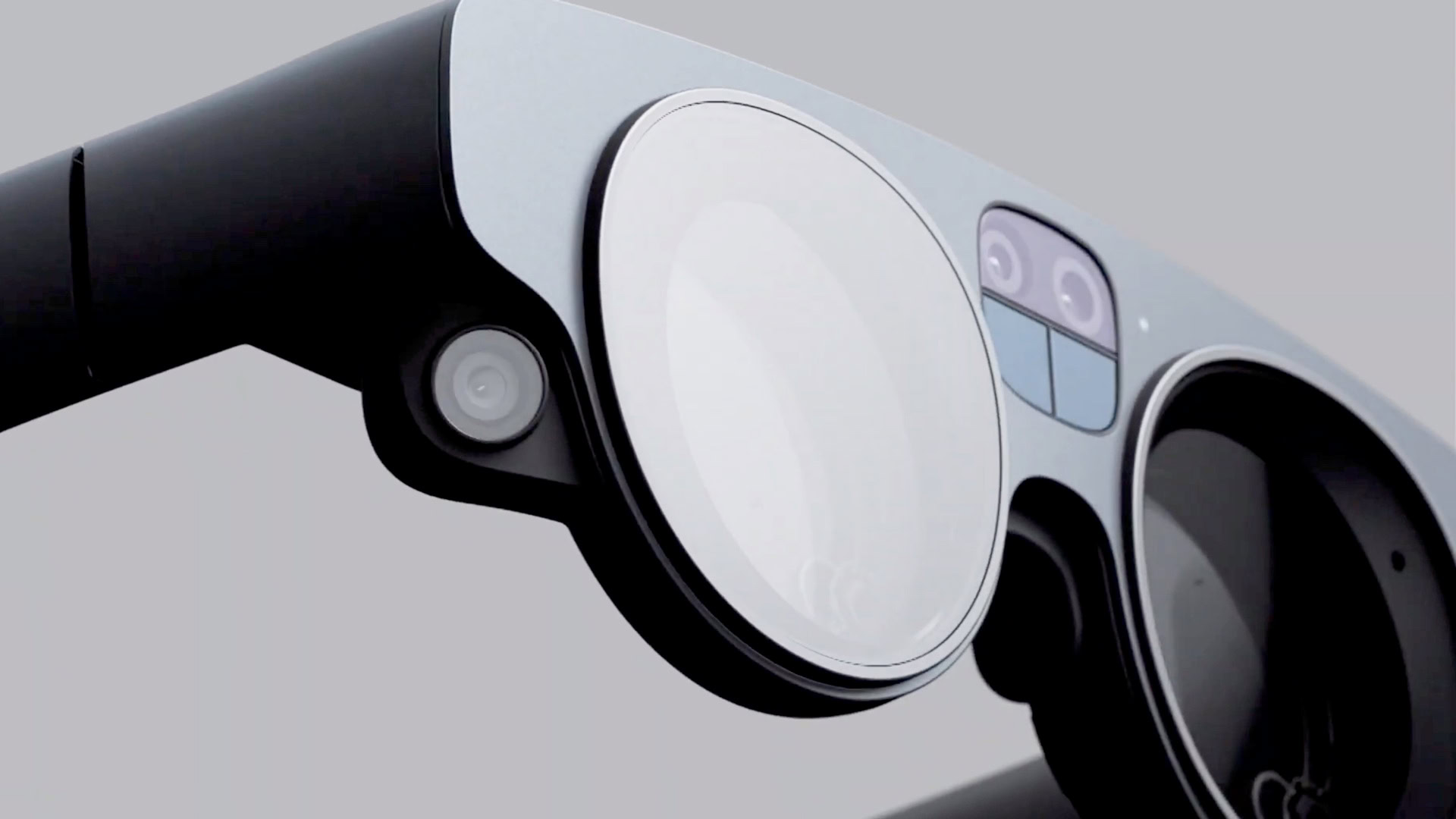
Particularly in light of rumored AR glasses from Google, Apple, and Meta, there seems to be an expectation among some that wearables will eventually replace smartphones. It’s what we see in cyberpunk and a lot of other science fiction, and there’s an obvious convenience factor in many situations — asking the glasses you’re already wearing for road directions is bound to be a lot faster than connecting to Android Auto or mounting a phone on your dashboard. There’s perhaps less potential with devices like smartwatches, but theoretically, there’s no reason why a watch couldn’t do more of what your phone does today, such as video calls or browsing the web.
Read more: What we want to see from Google’s new smart glasses
Don’t hold your breath, though. There are a variety of obstacles in the way of a fully wearable future.
Processors: A matter of power and immersion
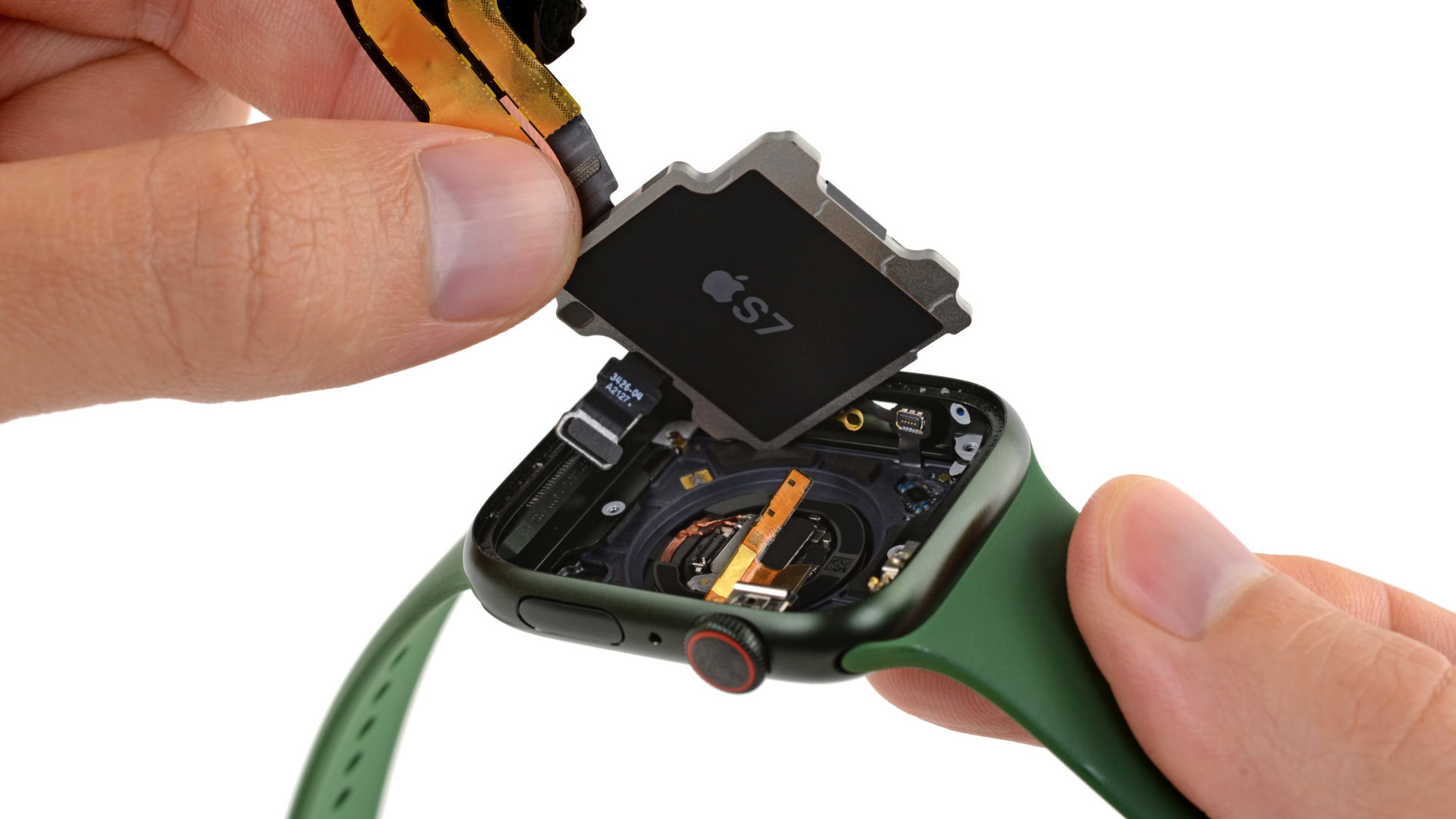
You might expect processors to be the biggest limitation, but in some ways, they’re the strongest link in the chain at the moment. Devices like Samsung’s Galaxy Watch 4 are finally delivering smooth performance across the board, and the Apple Watch Series 7 is powerful enough that owners are finding ways to watch YouTube or even make video calls via third-party straps. Things are better still in the VR world. The Meta Quest 2 may not be as impressive in standalone mode as it is connected to a PC, but the fact that you can play untethered versions of games like Pavlov or Superhot is a promising sign. Under Mark Zuckerberg, Meta has been pushing the Quest 2 as both a productivity tool and the foundation of the company’s still-vague metaverse.
An unavoidable issue, though, is design space. While VR headsets have about as much room for processors as a phone, if not more, people expect slimmer designs from watches and AR glasses, especially ones they’re supposed to wear all day. That caps chip size, and hence performance. Most current smartwatches can’t handle multiple apps simultaneously, never mind advanced 3D graphics, both of which are things we take for granted on phones.
An unavoidable issue is design space.
Processors are also holding back immersion. AR glasses offer 3D since they’re all about projecting objects into reality, but rendering specs have so far been lackluster. The upcoming Magic Leap 2 for instance has a limited 70-degree field of view, and Microsoft’s HoloLens 2 is capped at an even smaller 54 degrees. Both are below the 89 degrees on a Quest 2 or the 130 degrees on Valve’s Index VR headset. That not only breaks immersion, but limits the sort of applications AR is good for. You wouldn’t want to spend much time reading web news, say, if the browser had to sit in a narrow cone directly in front of your eyes.
Batteries: Size, size, size
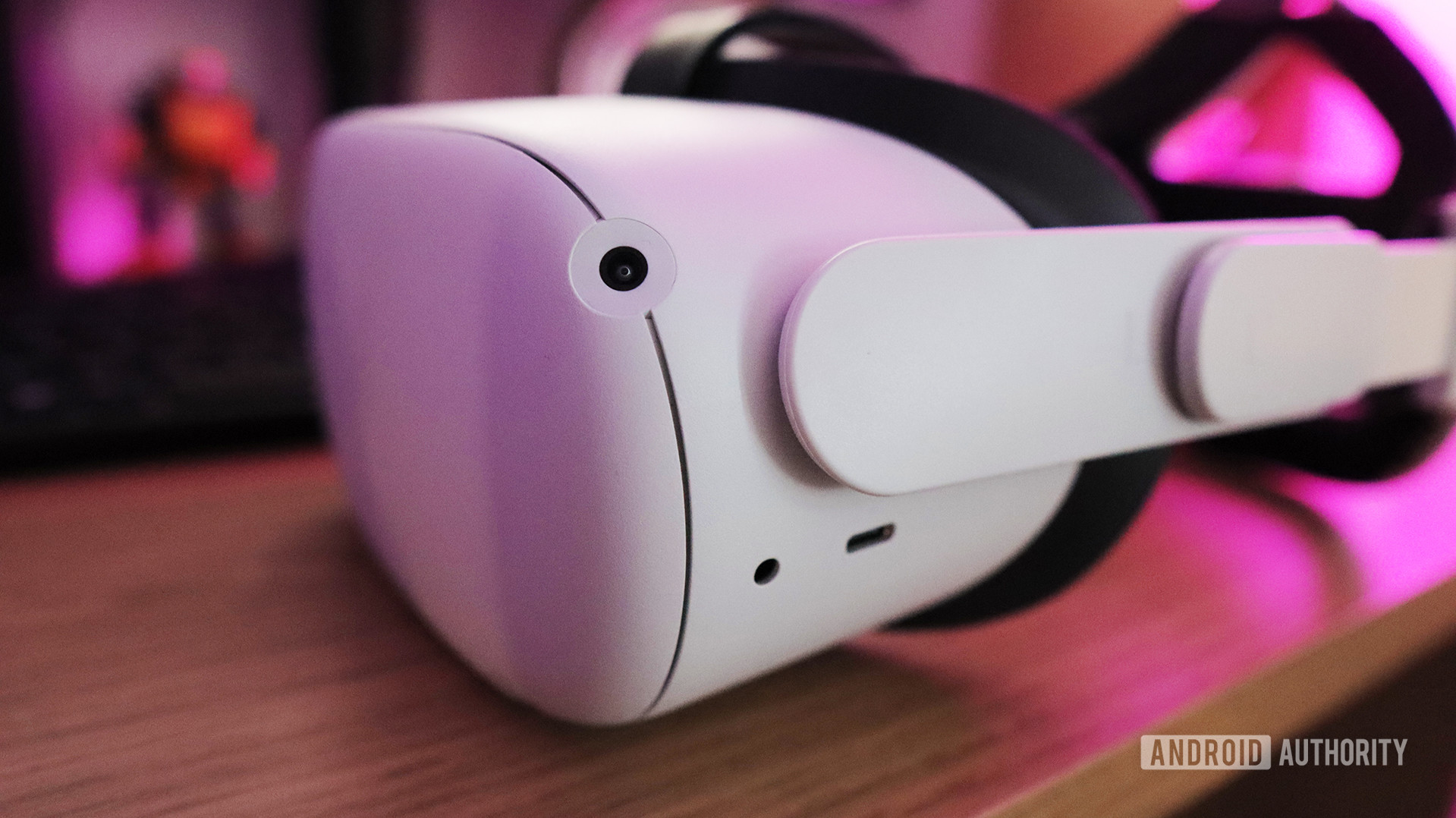
Intertwined with processor concerns is battery life. The faster a processor, the more power it consumes, which creates problems when batteries have to be small enough to fit in a wrist- or head-mounted product. Engineers must either constrain performance to extend longevity or accept the resulting battery hit. It’s one reason why many Garmin watches can last for weeks at a time, whereas a Galaxy Watch usually has to be charged every day. Things are worse with VR, here: To achieve its performance specs, the Quest 2 is capped at about two hours of use without a power cable or external battery pack.
With watches and AR glasses, anything less than a full day of runtime is a tough sell when phones can last 24 hours or longer. People also tend to forget about charging wearables, or find themselves in situations where charging is inconvenient. Anyone who’s done long trips with a smartwatch knows the anxiety of being trapped somewhere they can’t plug in.
Related: We’re sick of proprietary charging on smartwatches and fitness trackers
Tiny displays and limited interactions
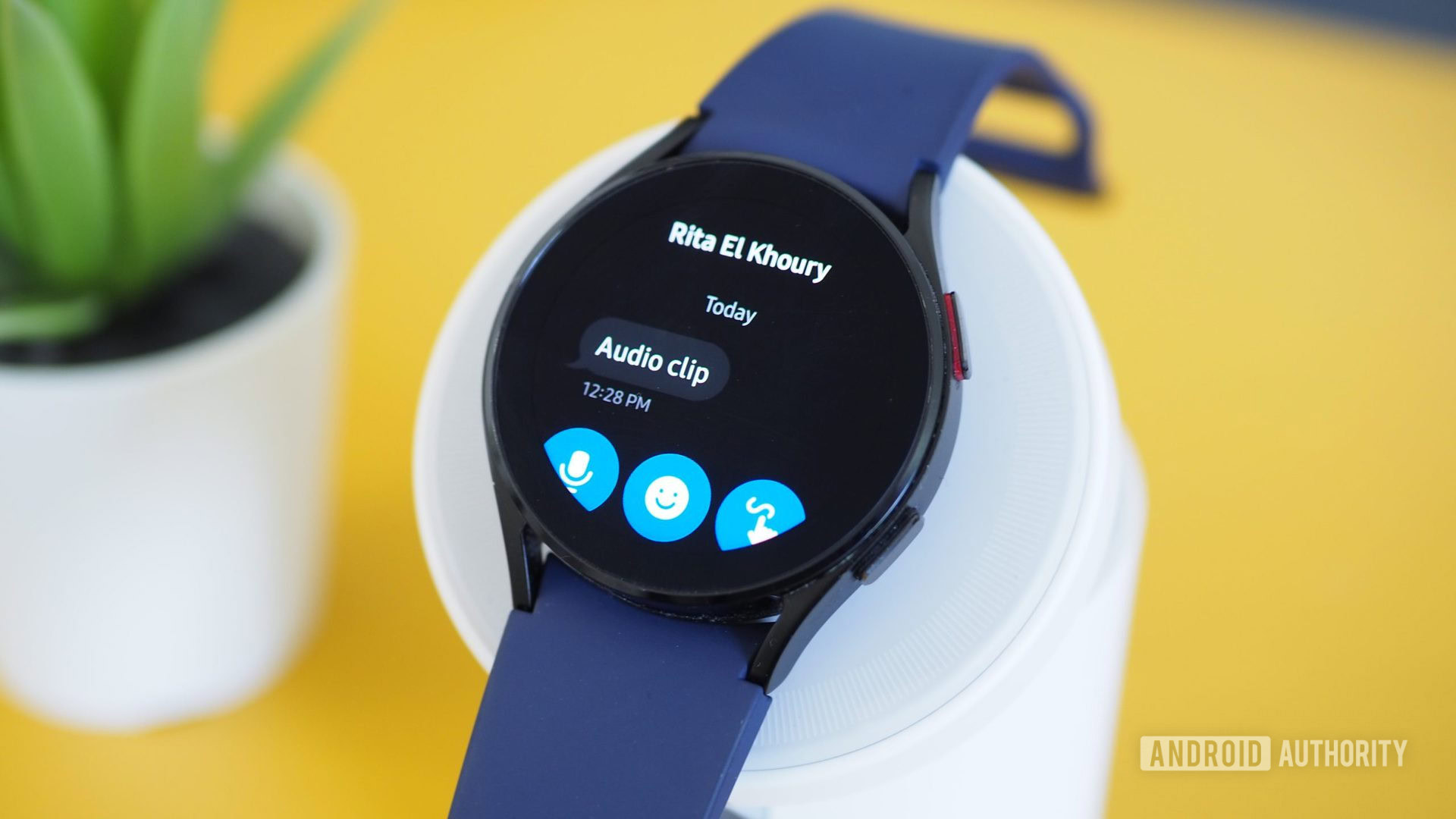
We’ve already touched on the field of view issue with AR, so the only thing to highlight here is the obvious obstacle with smartwatches: Given the limits of human eyes and fingers, there’s only so much interface you can cram into a screen measuring two inches or less. Phones these days are approximately six times that size, so even with voice assistants and ultra-fast processors, watch apps are inherently restricted.
One way this might be solved is with flexible OLED panels, but we’re nowhere near something tough enough to wrap around your wrist. Even Samsung’s Galaxy Z Fold 3 display is fragile, never mind one that might end up covered with dirt during a camping trip, or brushing up against iron at the gym.
Connectivity matters
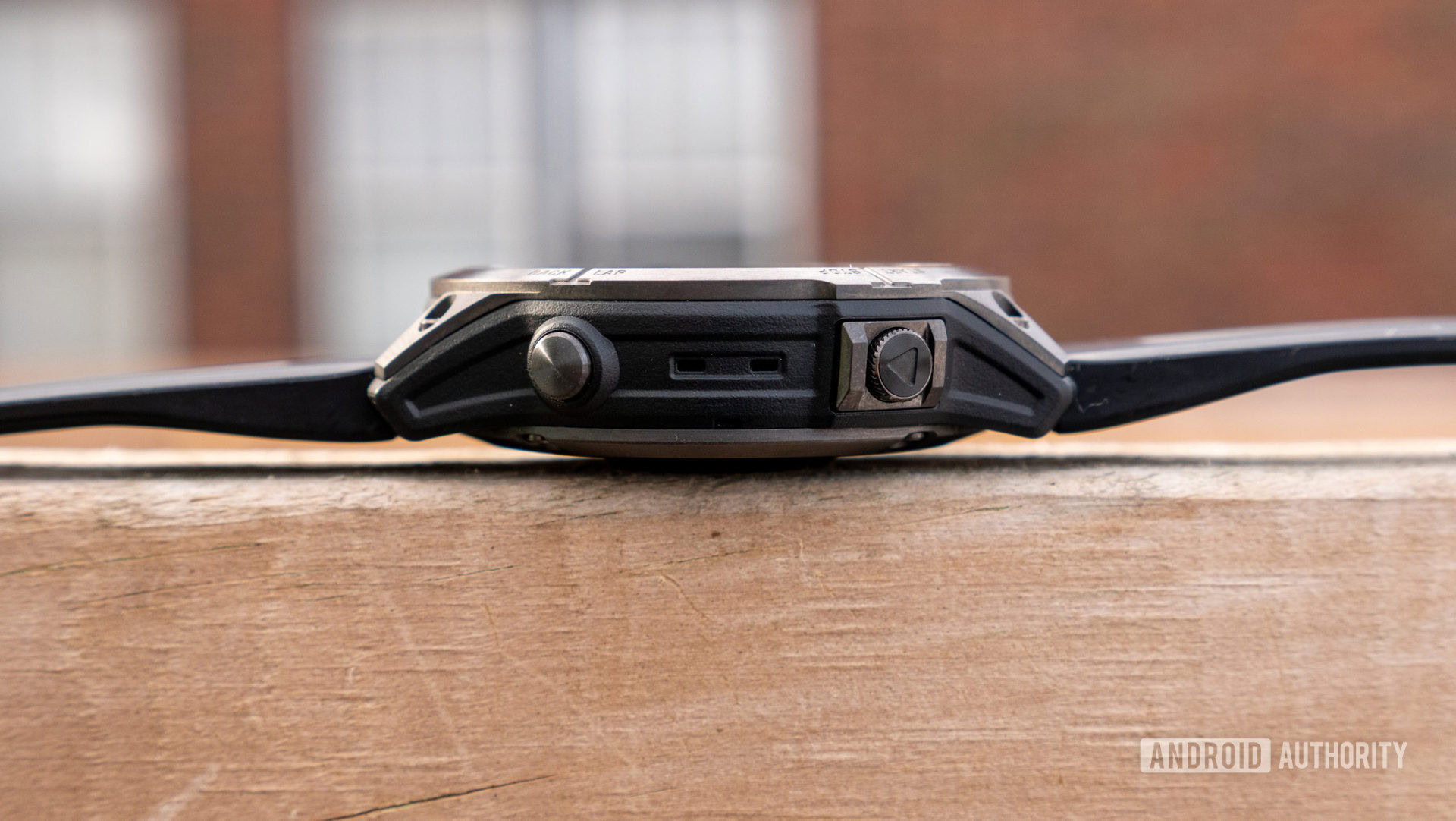
Unlike phones, there isn’t enough room for USB-C on most watches. Even if there were, you probably wouldn’t want to lose watch functions to dock in a Dex-style desktop setup, much less connect directly with peripherals like keyboards or external SSDs. There are ways around missing ports, but they don’t offer the same functionality as phones, and are usually locked to a brand or single device.
AR and VR headsets do tend to have wired ports, so they can often tether to a PC or a waist-mounted computer, as with a Magic Leap. A natural issue with AR glasses, though, is that they’re meant to be light and mobile, so any form of wired connection can be annoying.
Ultimately, wireless options are going to have to improve to the point that there’s no need for wired ones. Fast wireless is yet another drain on battery life, so it’s hard to imagine when we’ll see (non-VR) consumer wearables achieve this standard.
Control options
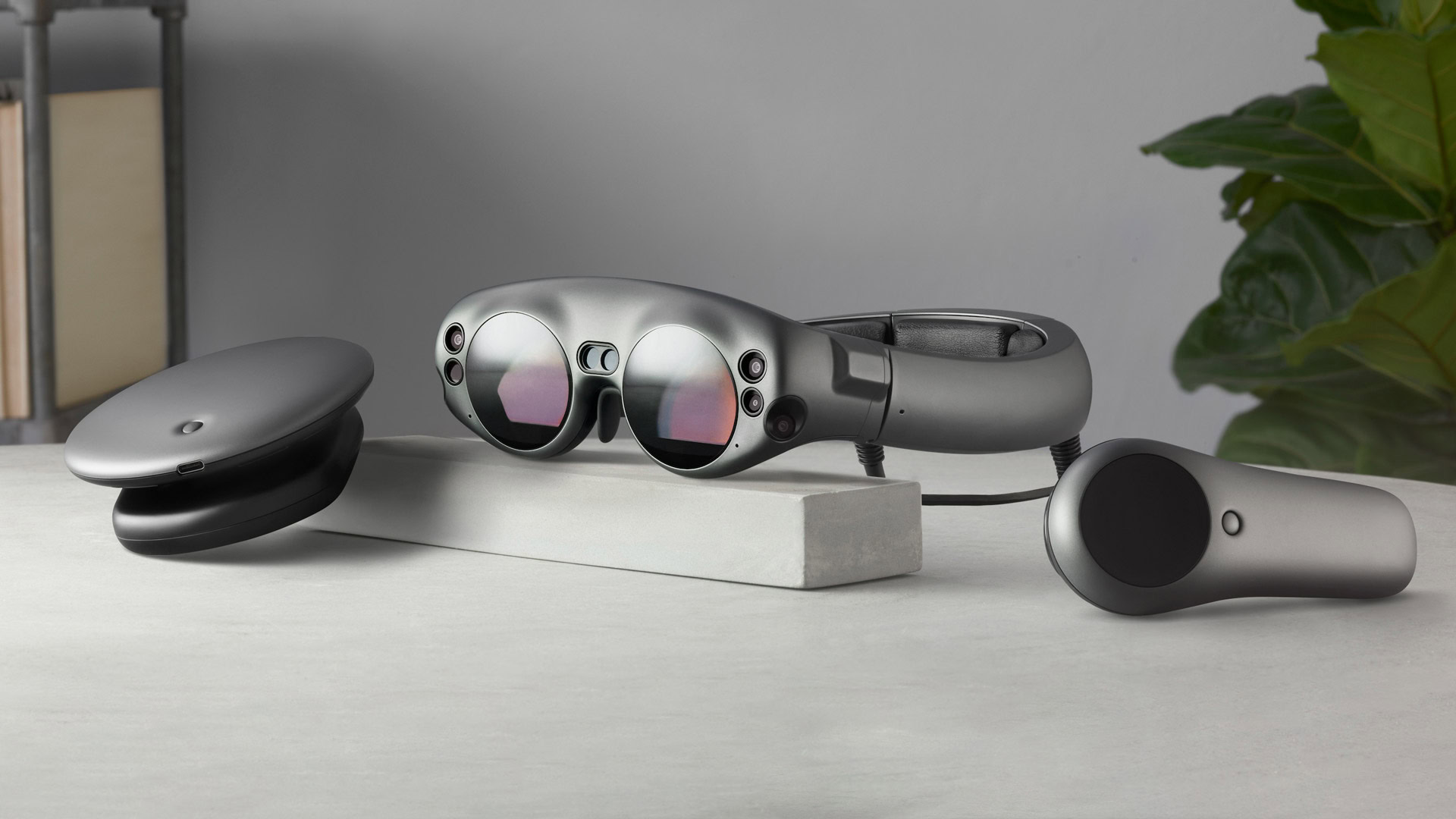
There are few limits on how you can control a smartphone. If you’re unhappy with onscreen buttons, you can connect external controllers via Bluetooth or USB, including mice, keyboards, and gamepads. You can also use voice assistants, and touchless gesture controls open up devices to the physically impaired.
Watches may be fundamentally unable to match phones here. For typing, even a flexible OLED watch with an onscreen keyboard would mean going one-handed, which is less than ideal. And of course it doesn’t make sense to use external controllers at all when the display is attached to your wrist. Watches may be capable of more than what they’re currently doing, but we’re going to be relying on voice and simple touch controls for the foreseeable future.
Watches may be fundamentally unable to match phones.
The possibilities are broader in AR and VR, but one flaw at the moment is that headsets are often dependent on joystick-like motion controllers with a handful of buttons, which makes it cumbersome to type with virtual keyboards. Controller-free hand tracking is an option in some cases, but lacks haptic feedback. Thankfully there are options to track real-world keyboards, and Meta is exploring alternative haptics, but we’re probably a few years away from these being standard rather than a novelty.
Could you see a wearable (AR glasses, and advanced smartwatch, etc.) replacing your phone in the next several years?
Will wearables ever overtake smartphones?
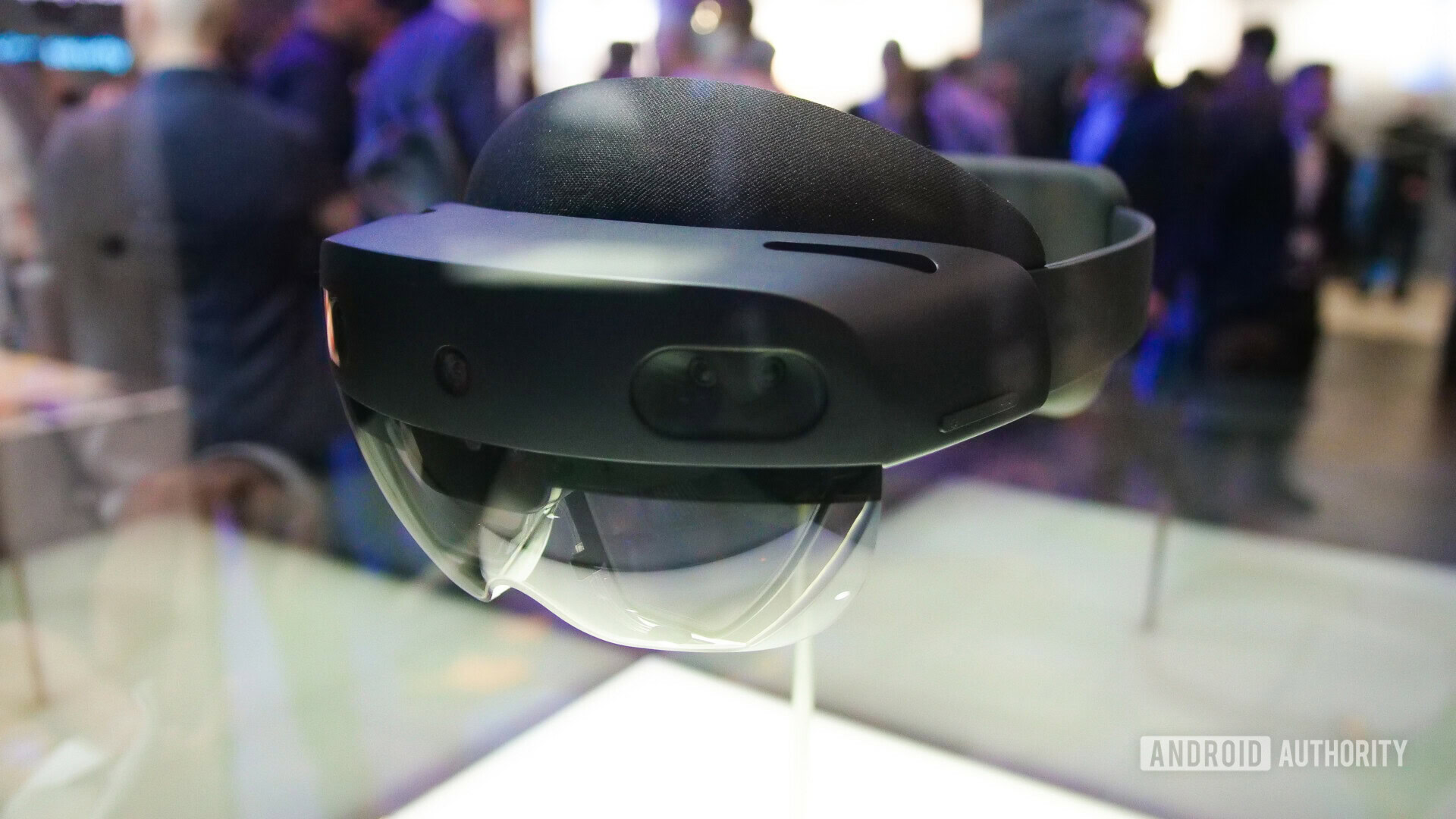
Realistically, smartwatches won’t. The form factor works well as a phone accessory, or as a temporary stand-in in some scenarios, but it’s otherwise too limiting. The best we can hope for is a product that’ll let you leave your phone behind more frequently — after all, most of the things you use a phone for are simple. It’s just things like notetaking, gaming, or ordering groceries that demand a better interface.
VR headsets are more likely to replace laptops and desktops than phones. Even if their battery life improves, they’re limited to indoor use by nature. You can actually damage VR lenses with exposure to sunlight.
AR glasses are in a better position, but we may still have to wait a while for a breakthrough device that solves every issue, including field of view, complex input, and all-day battery life. Even then expect a first-generation model to be expensive, which might make phones more appealing for purely financial reasons.
It’s going to be many years before AR glasses become an ordinary part of life, even if Apple, Google, and Meta’s efforts take off.
Read more: The best augmented reality apps for Android